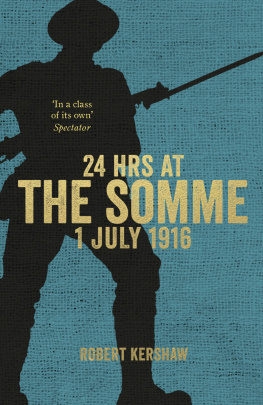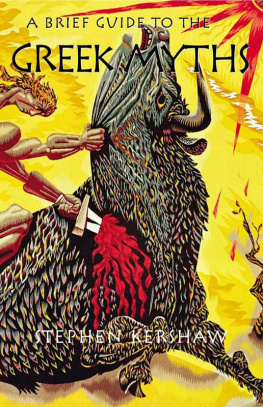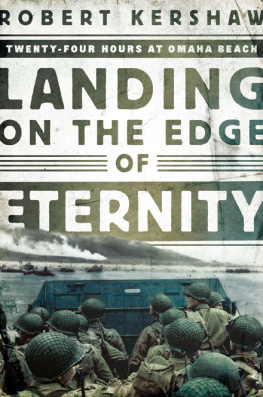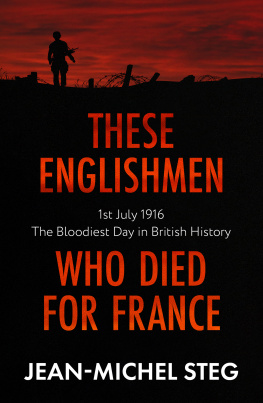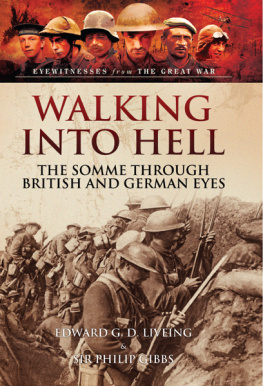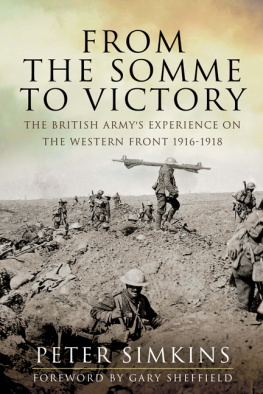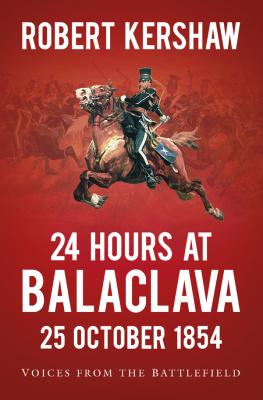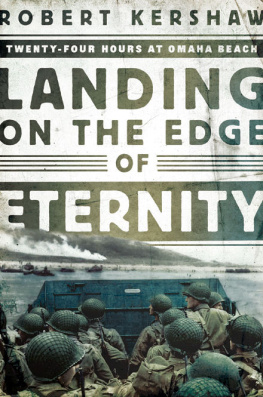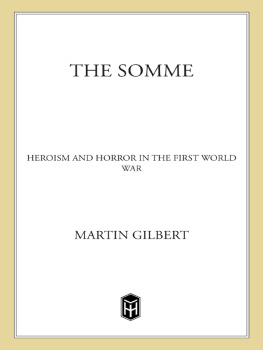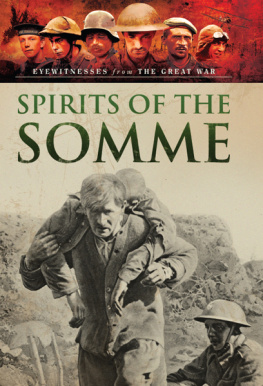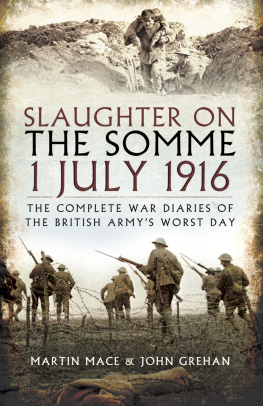Contents
Introduction
In 1916, when the war had been going on for 24 months, and even though the previous year had seen a complete victory for defence, the war continued to have popular support in Britain, as in Germany. The conflict was not going well for the Allies. Verdun in early 1916 was bleeding the French Army white. Kitcheners New Army, the Pals battalions, recruited in the first flush of 1914 enthusiasm, was filling in the line along the Somme. They replaced skeletal regular and Territorial Army battalions, decimated by two years of Western Front stalemate. The plan was to overcome the impasse with combined Allied offensives from west, east and south, but the Big Push had to be prematurely launched by the British to relieve the French crisis at Verdun. Kitcheners un-blooded recruits were prematurely hurled at the German Western Front through a storm of machine-gun and shell fire against intact barbed wire before they were ready. On 1 July 1916 more than half the size of the present-day British Army perished in the first 24 hours at the battle of the Somme.
This iconic day transformed the prevailing opinion in Britain that one Big Push mounted with spirit, patriotism and guts would see the end of the war. It was a day when hope died. The British General Staff placed its faith in an optimistic concept that concentrated artillery fire would clear the way for Kitcheners untrained army to conduct a cake-walk through the German lines.
24 Hours at the Somme describes that catastrophic day hour by hour through the differing perspectives of both sides. The British trench view is juxtaposed against that from the German parapet and dugout alongside the backdrop of their staff commands, who, ensconced in chteaux to the rear, could see nothing. Staffs on the Western Front were not soft-hearted. Planning and decisions were to decimate 75 British battalions, the equivalent of six divisions of infantry.
No single battle has had such a widespread emotional impact on the psyche of the British public. Two hours of the 24 decided the battle. By nightfall 57,470 men lay dead, or were wounded or missing, at a cost of just 6,000 German dead. They encapsulated the cream of British volunteer manhood. Relatives from these casualties would have numbered some six million, from a population of 43 million, so that 13 per cent of the island community was affected by one days events. Entire districts and streets in major cities and rural village communities retired behind dark curtains having lost their menfolk that day. A documentary film was made and released even before the battle had finished four months later. It is estimated that within six weeks of its release 20 million people had viewed it at 1,500 cinemas across the country. Men were seen to fall on screen as they clambered out of their trenches on that July day, bringing home the horrors of war to the public for the first time. Oh my God, theyre dead! cried out one woman in the audience. Almost half the population queued to see The Battle of the Somme, a box-office success that has never been equalled. More British soldiers died on 1 July 1916 than were lost in the Crimean, Boer and Korean wars combined.
The day begins with optimism and expectation in the crowded British trenches. Nothing, they are convinced, could have survived the seven-day artillery concentration preceding the attack. But the Germans secure in their deep dugouts have survived. They are veterans.
I have to date avoided writing about the Great War. Two questions have posed an enigma. As a former serving soldier, it is immensely difficult to rationalise what motivates simple soldiers to advance to certain death in the face of intense machine-gun fire and battered by overwhelming artillery fire. They volunteered to do this, following impractical orders, even though the carnage of the leading waves was strewn about the ground before them. How could this happen?
The second conundrum is that senior officers, probably more intellectually gifted than you or I, sent them on their way. How could this be so?
24 Hours at the Somme charts this dreadful day through the eyes, ears and senses of the soldiers themselves, through eyewitness accounts, diaries, unit logs and a mass of supporting material exhaustively harvested from across Europe. Chteau generalship is juxtaposed with the trench parapet view.
It attempts to offer some answers by using the words of the soldiers themselves to explain what happened. The reader may judge.
About the Book
The first day of the Somme has had more of a widespread emotional impact on the psyche of the British public than any other battle in history. Now, 100 years later, Robert Kershaw attempts to understand the carnage, using the voices of the British and German soldiers who lived through that awful day.
In the early hours of 1 July 1916, the British General staff placed its faith in patriotism and guts, believing that one Big Push would bring on the end of the Great War. By sunset, there were 57,470 men more than half the size of the present-day British Army who lay dead, missing or wounded. On that day hope died.
Juxtaposing the British trench view against that from the German parapet, Kershaw draws on eyewitness accounts, memories and letters to expose the true horror of that day. Amongst the mud, gore and stench of death, there are also stories of humanity and resilience, of all-embracing comradeship and gritty patriotic British spirit. However it was this very emotion which ultimately caused thousands of young men to sacrifice themselves on the Somme.
About the Author
ROBERT KERSHAW is a former Para, who was commissioned into the British Armys Parachute Regiment in 1973. His active service includes tours in Northern Ireland, the first Gulf War (during which he was awarded the US Bronze Star) and Bosnia. He became commander of 10 PARA and retired as a full Colonel in 2006. Today, Robert is a highly acclaimed military historian and author, and guides battlefield tours throughout the world. 24 Hours at the Somme is his tenth book.
Prologue
30 June 1916. 11 pm
The Grandstand
Self-imposed censorship was a strain for war correspondent Phillip Gibbs, standing in a beetroot field on the Grandstand viewpoint overlooking the panorama of the spectacular night-time artillery bombardment. He felt he wanted to write the truth as he saw it. I stood with a few officers in the centre of a crescent sweeping round from Auchonvillers, Thiepval, La Boisselle and Fricourt to Bray, on the Somme. The view to his front was spectacular, our fire for a time was most fierce, he recalled, so that sheets of flame waved to and fro as though fanned by a furious wind. Occasionally the artillery fire might pause for as much as 30 seconds when darkness, very black and velvety, blotted out everything and restored the world to peace. But not for long then suddenly, at one point or another, the earth seemed to open furnace fires.
The sky was virtually cloudless during this final hour before midnight, heralding a promising summer dawn for 1 July 1916. Glancing south, Gibbs spotted another of those violent shocks of light, and then a moment later another by Auchonvillers to the north. Gibbs enthusiastically wanted to write about what he instinctively knew to be the Big Push. For nearly a week now, he remembered, we have been bombarding the enemys lines from the Yser to the Somme but we had to keep the secret, to close our lips tight, to write vague words lest the enemy should get a hint too soon. The evidence crackling to his front was clear to see:

